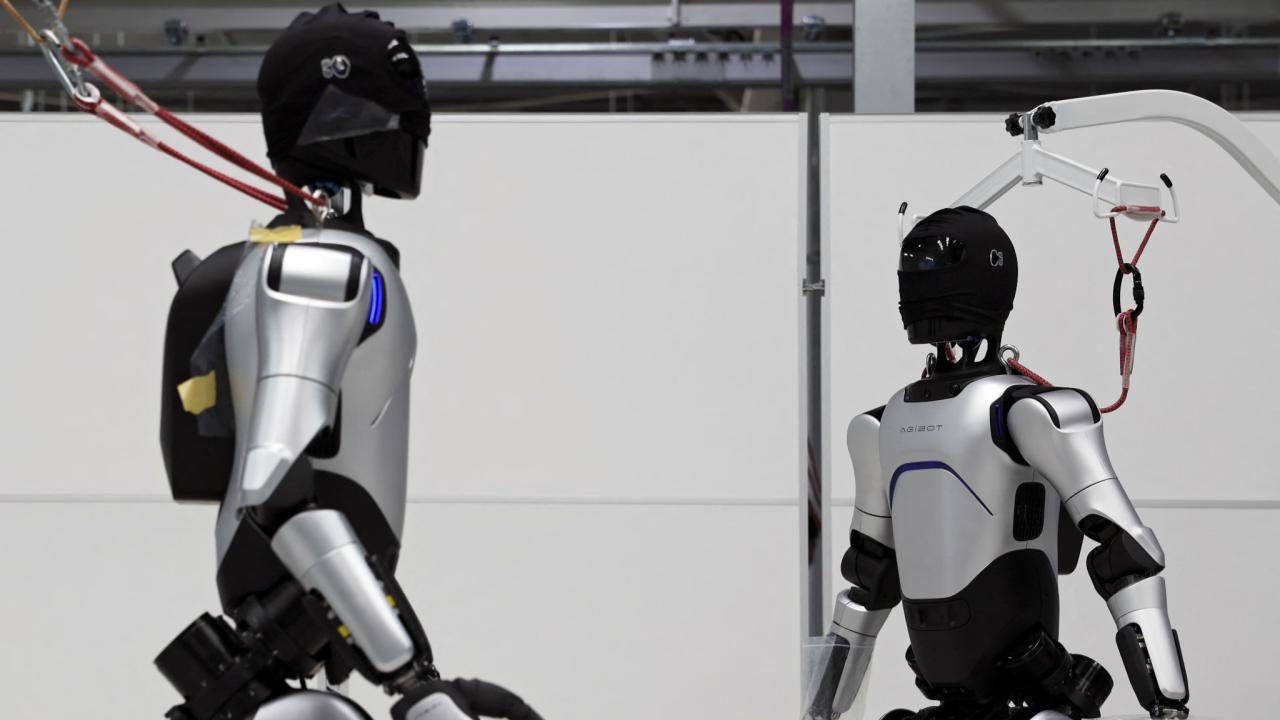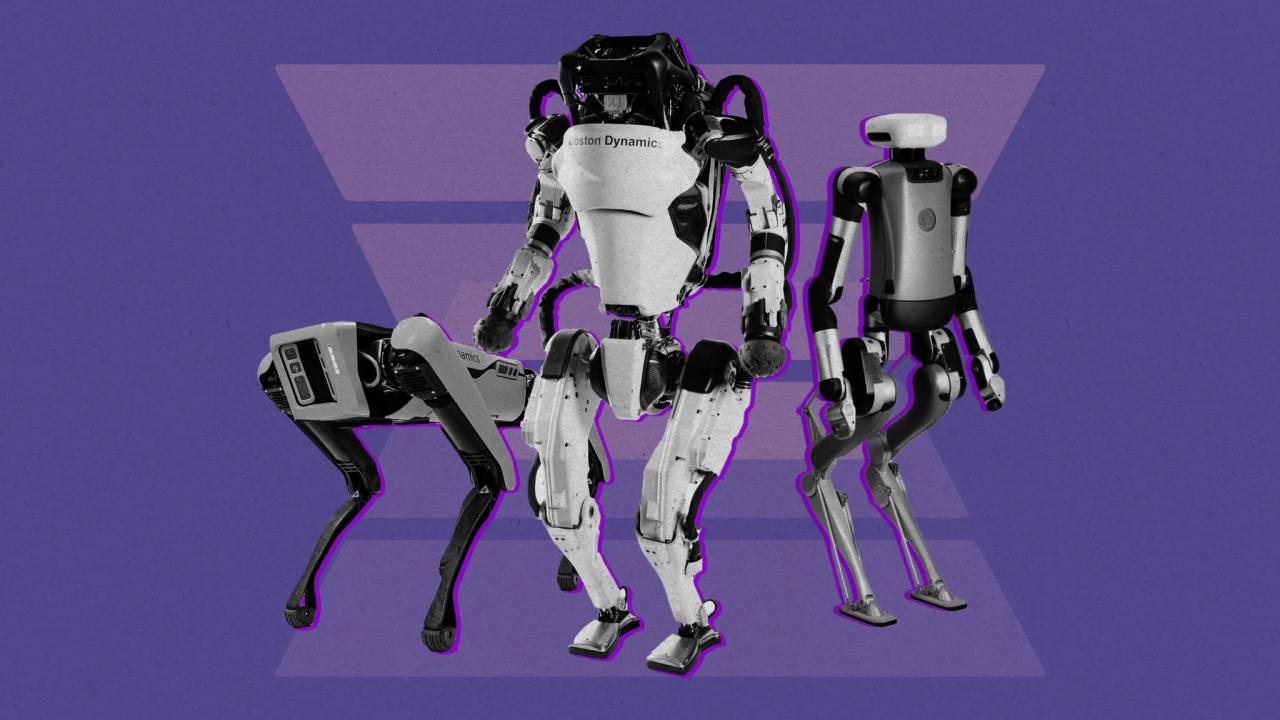Robotics is an interdisciplinary field focused on the design, construction, operation, and application of robots. It involves integrating engineering, computer science, and other related disciplines to create intelligent machines that can assist or replace human tasks. Robots can range from simple automated machines to sophisticated, human-like creations, and they are used in a wide array of industries and settings.
Brogan M. Pratt – 23/03/2025 (02:30)
https://www.youtube.com/watch?v=GyLm_hHBNXk&t=13s
Dive into the fascinating world of robotics and discover the technologies that define modern automation.
In this introductory video, we delve into the field of robotics, showcasing what a robot truly is and the various types of engineering that contribute to this innovative discipline. We’ll explore cutting-edge robotics technologies, from AI and machine learning to sensors and actuators, providing a comprehensive overview that appeals to both newcomers and tech enthusiasts. Whether you’re a budding engineer or simply curious about the future of technology, this video provides valuable insights into how robotics is reshaping our world.
OnAir Post: Robotics



